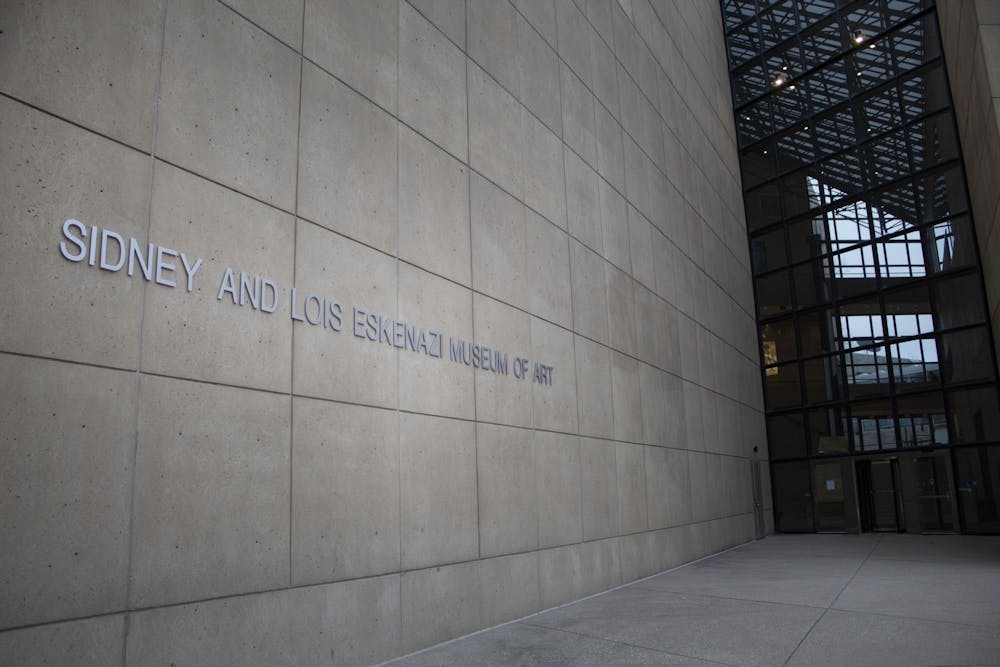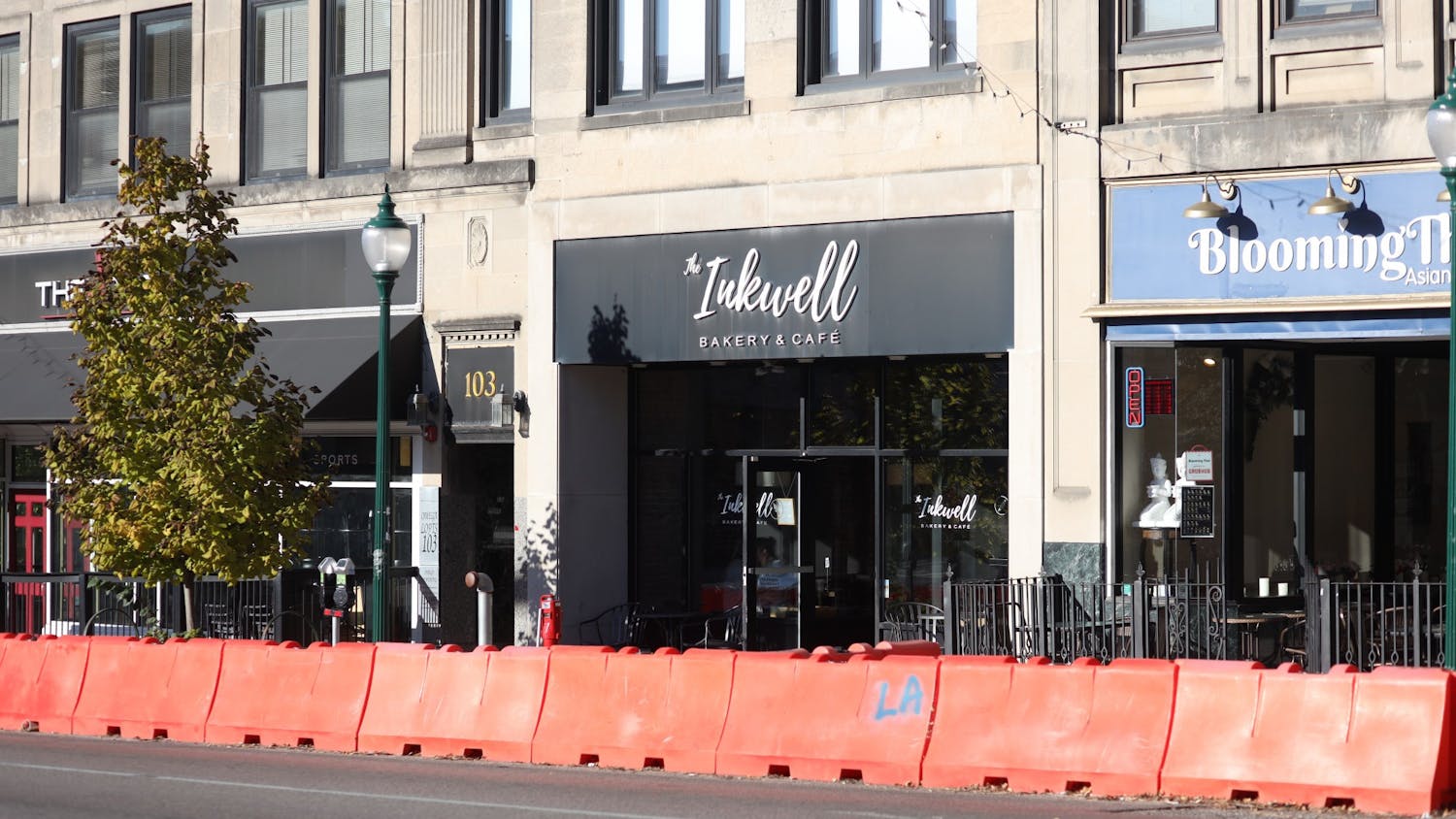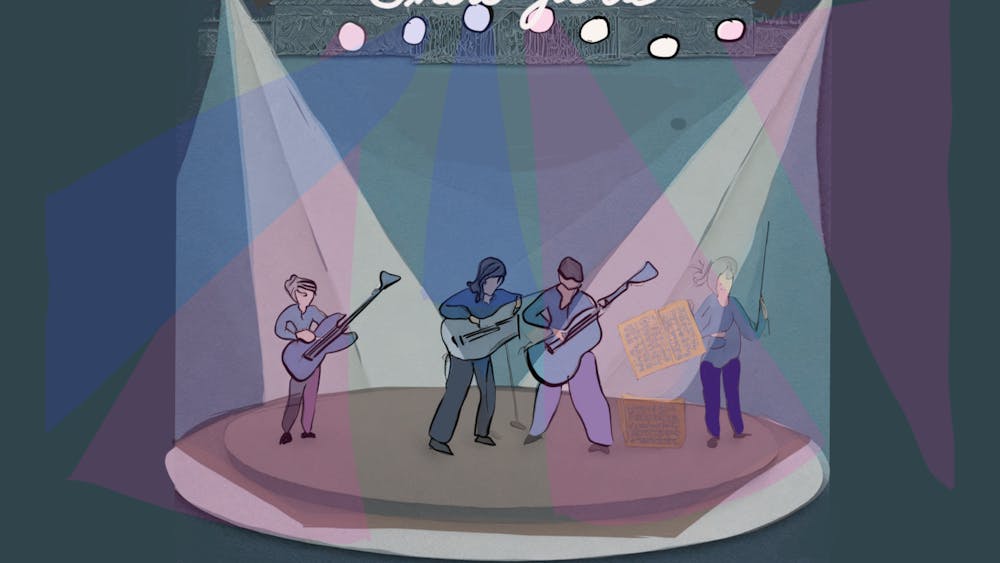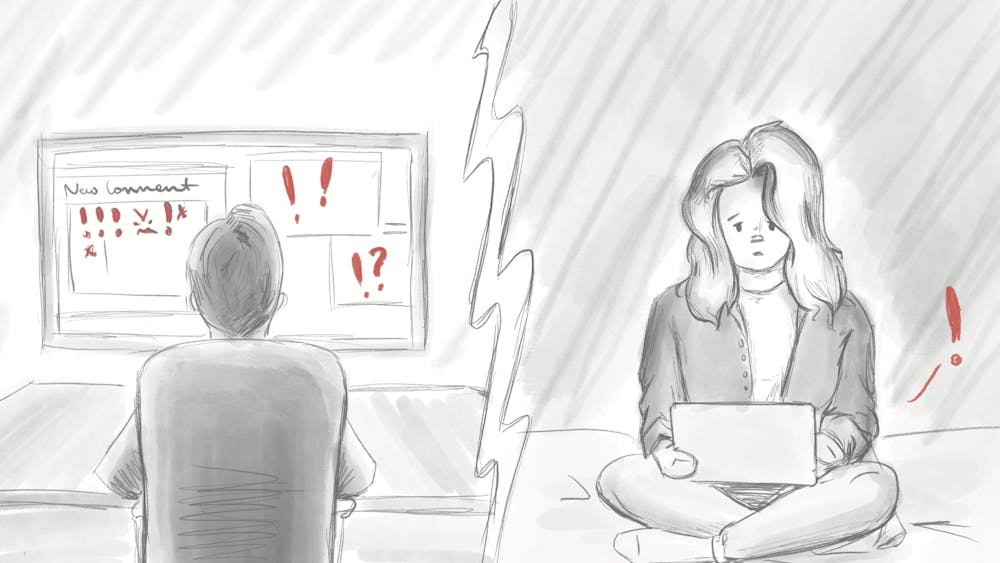In the midst of increasingly charged partisan political discourse surrounding the election and current social justice movements, the Sidney and Lois Eskenazi Museum of Art strives to foster diversity within its collection.
Currently, the Eskenazi Museum of Art has three exhibits showcasing contemporary art: “House of the Singing Winds” by Jawshing Arthur Liou, “Cycles” by Leonardo Drew and “Living Treasure and Fabulous Follies” by Robert Baines. While none of these are explicitly reflections of the modern American political scene, they highlight the museum’s mission, which is published on its website, to facilitate political discussions of diversity through art.
Curator of contemporary art Elliot Reichert elaborated on these shows’ ties to political discourse.
“I think art, contemporary art especially, exists in its moment,” Reichert said. “And politics is infused throughout our society, so I think there are political lessons to be gained from those works as well.”
Reichert also spoke on a show on display last year, “Renew,” which more directly explored political issues in the U.S. Reichert said that the exhibition aimed to bring in works that reflected the diversity of the U.S. and issues of racial identities and racial profiling. The pieces in this exhibit are no longer on view, but they are available upon request.
Supporters of the museum or art collectors may offer gifts, and if they are deemed a good fit for the museum’s collection, they are accepted. The museum might also actively search for works that expand the breadth of the collection. Although the national spotlight on American politics has shone bright since the 2016 election, Reichert said the Eskenazi Museum has not necessarily tried to directly highlight this subject.
“We have not focused explicitly on acquiring work that is politically engaged in a kind of partisan way,” Reichert said. “Really we’re just focused on bringing in more and more diverse voices into our collection, which I think is inherently a political act.”
However, when some museums showcase inherently political artwork or pledge support to hot topic issues, audiences and donors may push back.
The New York Times published an article last Saturday reporting on the Baltimore Museum of Art’s recent cancellation of a painting sale aiming to raise employee salaries and diversify the museum’s collection. Critics disagreed with the museum’s methods of achieving its goals, and after possible threats of sanctions from the Association of Art Museum Directors, the art sale was brought to a halt.
The Baltimore Museum expressed its disappointment in a statement last week.
“We do not abide by notions that museums exist to serve objects; we believe the objects in our collection must reflect, engage, and inspire the many different individuals that we serve," the museum wrote.
Despite similarly aiming to diversify its own collection, Reichert said the Eskenazi Museum has not yet faced equal threats to funding.
“Our supporters have been really, well, supportive of our efforts,” Reichert said. “Museums are political spaces, and I think all around the world but especially in the United States that’s become really apparent, and I’m just really grateful that I have colleagues as well as donors that are supportive of difficult conversations.”
David McDonald, chair of IU’s Department of Folklore and Ethnomusicology, also spoke on the nature of museums as political spaces, and pointed out the precarious position some may find themselves in.
“I’m very conflicted about the very role of museums, especially as we’re in a profound moment of trying to think of ways to decolonize society,” McDonald said.
McDonald warned about the dangers of nonpartisan museums, and said the very act of including or excluding certain pieces in their collections is more powerful than it may appear.
“Museums are always political, whether they claim it or not,” McDonald said. “And so any attempts to try and limit or minimize a presentation of political art, to me, is disingenuous.”






